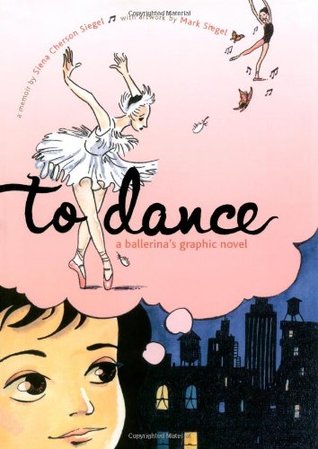Every Thursday in October, we'll be celebrating Graphic Novels here on our blog. We are teaming up with blogger friends at Kid Lit Frenzy and Assessment in Perspective, so you'll want to check out their blogs every week too! If you want to know more about our monthlong celebration, read our Nerdy Book Club post announcing it. We also hope you'll join our Google Community where the party will come together! We love Graphic Novels and we want to share that love with the world.
Last week while my students were taking a math test, I went from shelf to shelf around my classroom, gathering books for this post. That's right -- there's not a "Graphic Novels" shelf in one spot in my classroom. There are graphic novels shelved with autobiography and memoir, fables, mythology, and short stories. There are tubs for the graphic novel series (BabyMouse, Lunch Lady, etc.), but graphic novel fiction and fantasy are shelved by author's last name with the other fiction chapter books.
That's because graphic novels are a FORMAT and not a genre!
FABLES
edited by Chris Duffy
FAIRY TALES
edited by Chris Duffy
MEMOIR
by Siena Cherson Siegel
SHORT STORIES AROUND A THEME
edited by Kazu Kibuishi
MYTHOLOGY
by George O'Connor
HISTORICAL FICTION
by Nathan Hale
HISTORY
by Don Brown
This is a history book that is not for the faint of heart. In the graphics, towns are erased by crashing waves, people and pets drown and starve, crowds are locked out of the SuperDome, and aid is slow in coming. In the same way that the images force us to see the truth of what happened in New Orleans, the text is completely straightforward and honest. In fact, when you get to the end of the book and look at Don Brown's source notes, you will see that nearly every (maybe every?) line of text is referenced to a primary source. This is an amazing mentor text for accurate journalistic writing. Don Brown didn't get emotionally involved in the story he was telling; he was simply the conduit to tell the story, to remind us about what went wrong so that hopefully we can get it right the next time. (Heaven forbid there's a next time.) And he told it true as a tribute "To the resilient people of New Orleans and the Gulf Coast" who have been working ever since 2005 to rebuild their cities and their lives.
With all the light-hearted, fun-to-read graphic novels that are available, you might think this is an odd choice for our give-away today, but this is an important book that will expand your notion of what a graphic novel can be and what graphic novels can do for readers.
a Rafflecopter giveaway









I would never classify myself as a lover of graphic novels (or most wordless picture books either). At the same time, I know kids love them and I regularly buy and recommend them. I have really enjoyed these posts and have shared them with teachers. I want to share this one not only teachers but with the para in charge of shelving books in our library.
ReplyDeleteWhen I started at my library we had a small graphic novel section. As I begun to build our collection of graphic novels I realized that placing them within in our collection and not separating them out had some benefits. Students who love Jennifer Holm's Babymouse began to pick up her novels. It helped students take risks and expand their reading. Which is always a good thing!
ReplyDeleteHa, wrote about this same concept today as well!
ReplyDeleteDrowned City was so interesting. I appreciate that Brown didn't skirt the issues but didn't draw out the destruction to the point we can't use the book.
This books looks so interesting. My 12 year old son loves graphic novels. I also shelf them by author except for the ones he has taken up to his room and keeps on his shelves.
ReplyDeleteI love introducing my students to new graphic novels!
ReplyDeleteLove the quality of work and diversity in this medium!
ReplyDeleteReally love Explorer: The Mystery Boxes. Meeting Kazu Kibuishi and hearing his inspiring message for young writers was an unforgettable experience.
ReplyDeleteSuch an important point about how to organize graphic novels in the classroom library. The way we categorize them helps readers understand that they are a format and not a genre - Thank you. We are looking forward to reading Drowned City.
ReplyDeleteAt my public library we label the format CX for comix. That way we don't call an illustrated biography or nonfiction book a graphic novel!
ReplyDeleteSo, important to remind people that graphic novels are a format not a genre. Thank you for the reminder. :-) And great choice of books.
ReplyDeleteI definitely need to add more of this format to our classroom library. Thank you for the recommendations.
ReplyDeleteI had never thought of it this way. In my elementary libraries we are pulling them together, mostly because with our staffing, it's easier for kids to find what they want. And I want to put their needs first.
ReplyDeleteGreat distinction, thank you! We had this discussion last week in my book club meeting, and have agreed to read one graphic novel this year. I will bring this up when we hold that meeting.
ReplyDelete